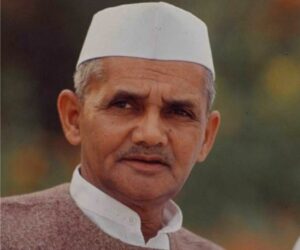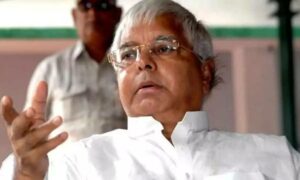Introduction
India’s transformation over the past two decades has been remarkable, with each period bringing unique opportunities, challenges, and advancements. The decade from 2004 to 2014 laid a strong foundation for economic growth and globalization, while 2014 to 2024 has witnessed accelerated digitalization, infrastructure development, and a growing global presence. Let’s explore the highlights of these transformative decades across key domains.
Economic Growth: A Tale of Two Phases

2004-2014: Economic Momentum
- This period, marked by UPA governance, saw an average GDP growth of 7.6%.
- Key initiatives like MGNREGA, the Right to Education, and farm loan waivers supported inclusive growth.
- The global financial crisis of 2008 briefly slowed progress, but India bounced back quickly.
2014-2024: Reform and Resilience
- Under the NDA government, India became the 5th largest economy globally by 2022.
- Initiatives like Make in India, Digital India, and Atmanirbhar Bharat emphasized self-reliance.
- Challenges like demonetization (2016), GST rollout (2017), and the COVID-19 pandemic tested resilience but spurred structural reforms.
Technology and Digital Revolution
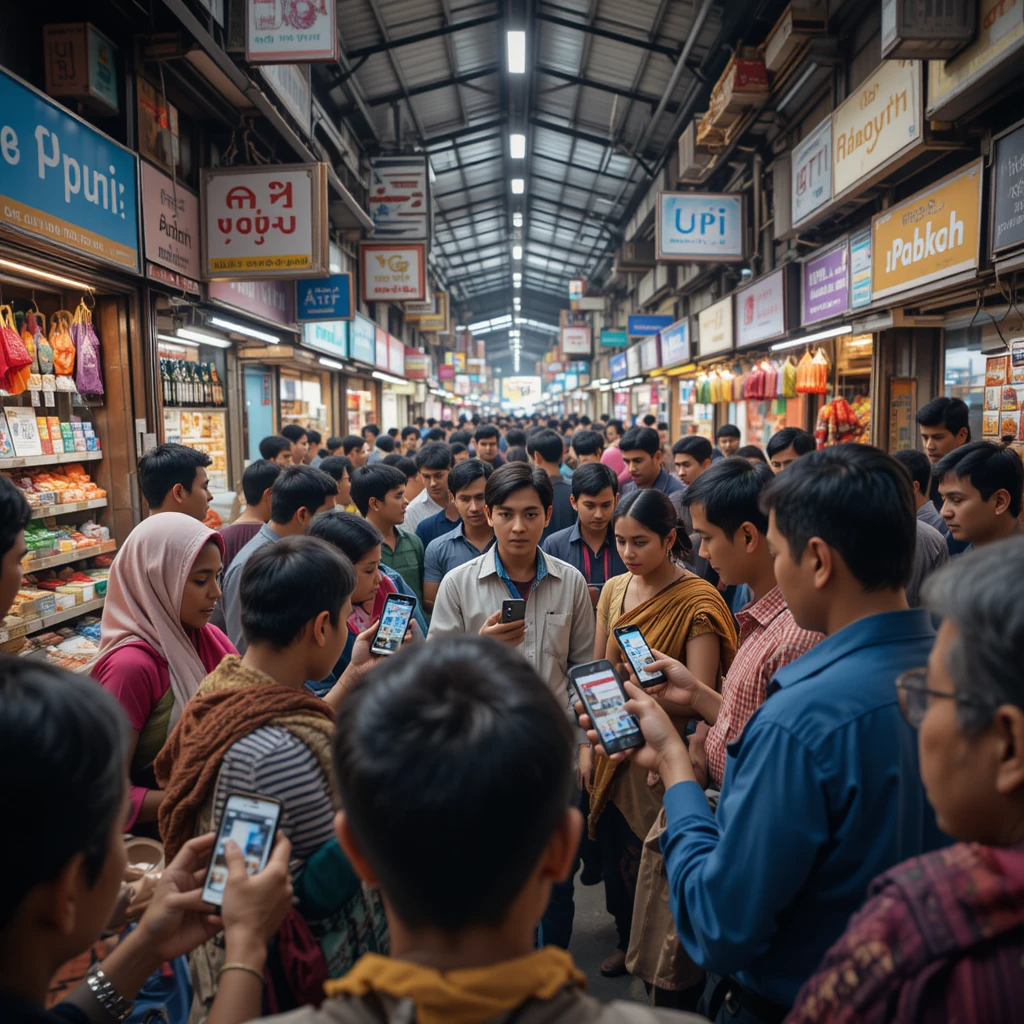
2004-2014: Laying the Foundation
- The IT sector flourished, making India a global outsourcing hub.
- Introduction of Aadhar (2010) for digital identity marked a significant milestone.
- Internet access was limited, dominated by slow 2G networks.
2014-2024: A Digital Boom
- The Jio revolution (2016) made affordable 4G internet accessible to millions.
- UPI and digital payments transformed financial transactions.
- Rapid smartphone adoption and startups like Zomato, Byju’s, and Ola reshaped industries.
Social Changes and Empowerment
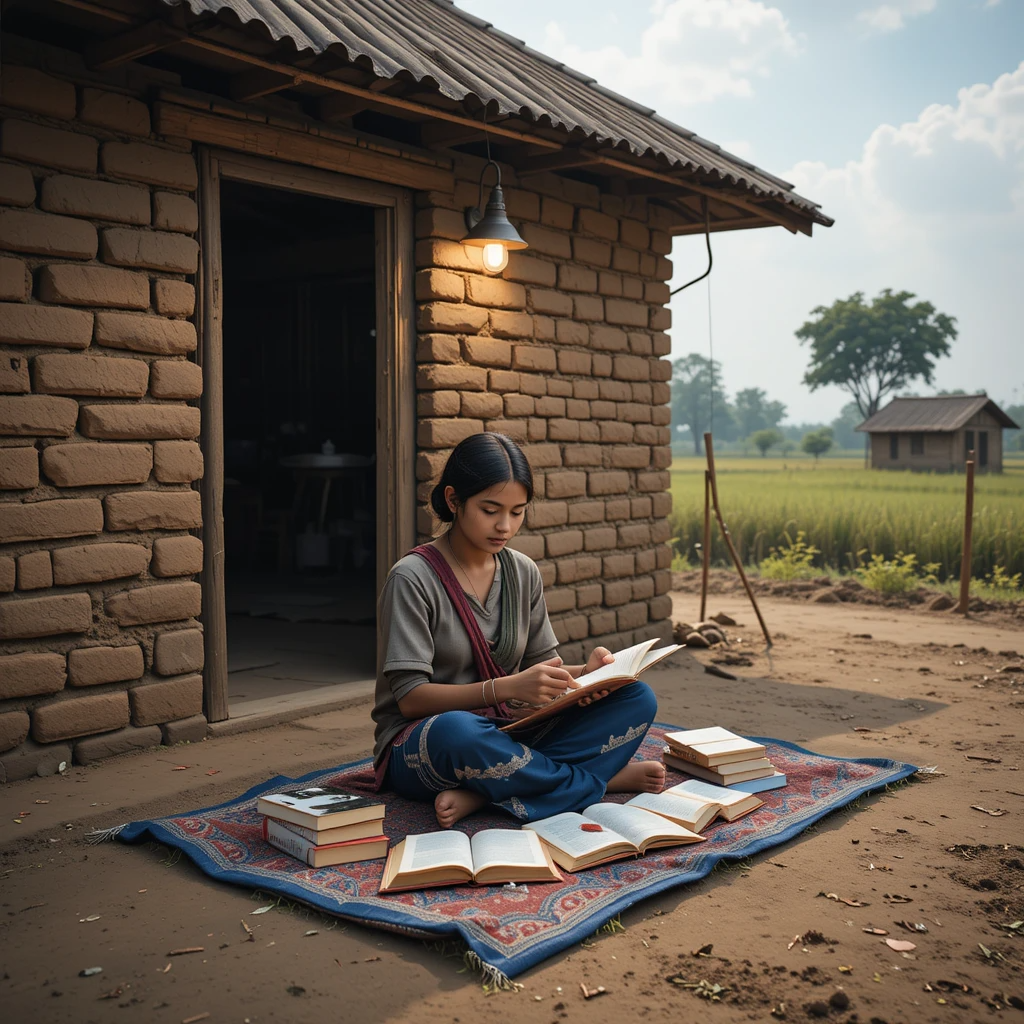
2004-2014: Addressing Poverty and Education
- Significant poverty reduction (~30% below the poverty line in 2011).
- Initiatives like Sarva Shiksha Abhiyan (SSA) improved literacy rates.
- Social activism, such as the 2011 Anna Hazare movement, highlighted public demands for transparency.
2014-2024: Direct Benefits and Inclusion
- Poverty reduction accelerated with Direct Benefit Transfers (DBTs).
- Women’s empowerment gained momentum through initiatives like Beti Bachao Beti Padhao (2015).
- Cultural identity debates and polarization became more prominent.
Infrastructure and Urbanization
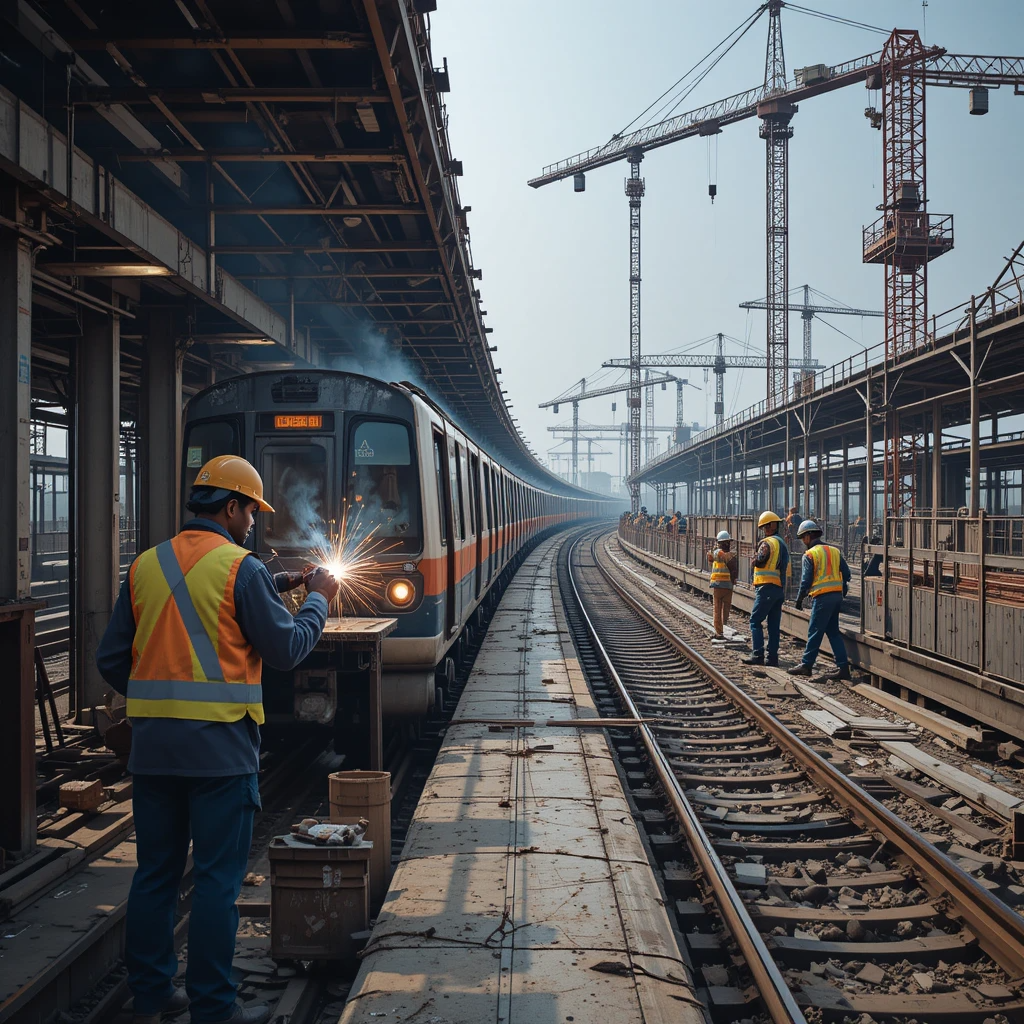
2004-2014: Steady Growth
- Expansion of rural roads and electrification.
- Urban projects like the Delhi Metro inspired similar initiatives nationwide.
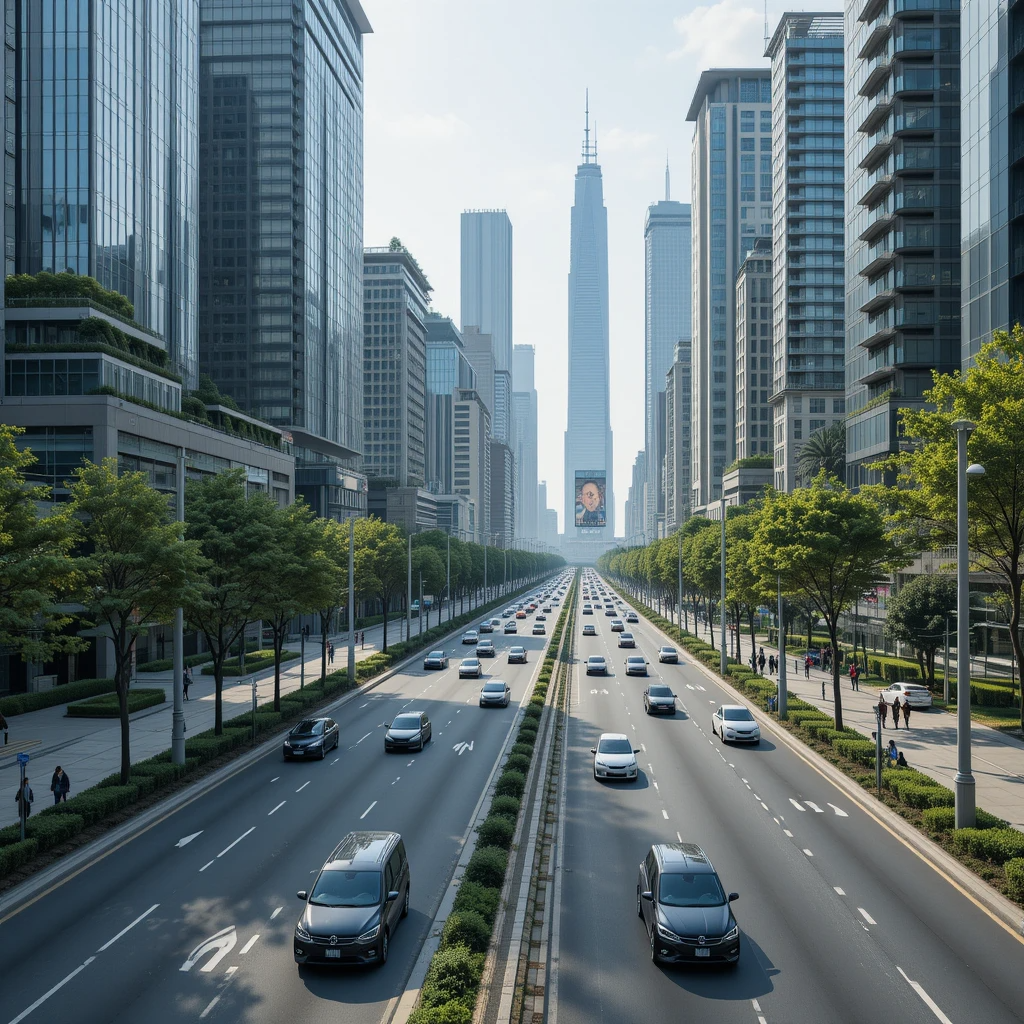
2014-2024: Modernization and Connectivity
- Launch of the Smart Cities Mission and infrastructure upgrades.
- High-speed rail projects like the Mumbai-Ahmedabad bullet train symbolized progress.
- India achieved 100% village electrification by 2018.
Politics and Governance
2004-2014: Coalition Era
- The UPA government focused on social welfare but faced criticism for corruption scandals.
- Introduction of the RTI Act (2005) improved transparency.
2014-2024: Majority Government and Landmark Decisions
- The BJP-led government emphasized centralized governance and bold reforms.
- Key milestones: Article 370 abrogation (2019), Triple Talaq Ban (2019), and tax reforms.
International Relations: From Strength to Strategy

2004-2014: Global Recognition
- India strengthened ties with the US and BRICS nations.
- The 2008 Civil Nuclear Deal with the US was a landmark achievement.
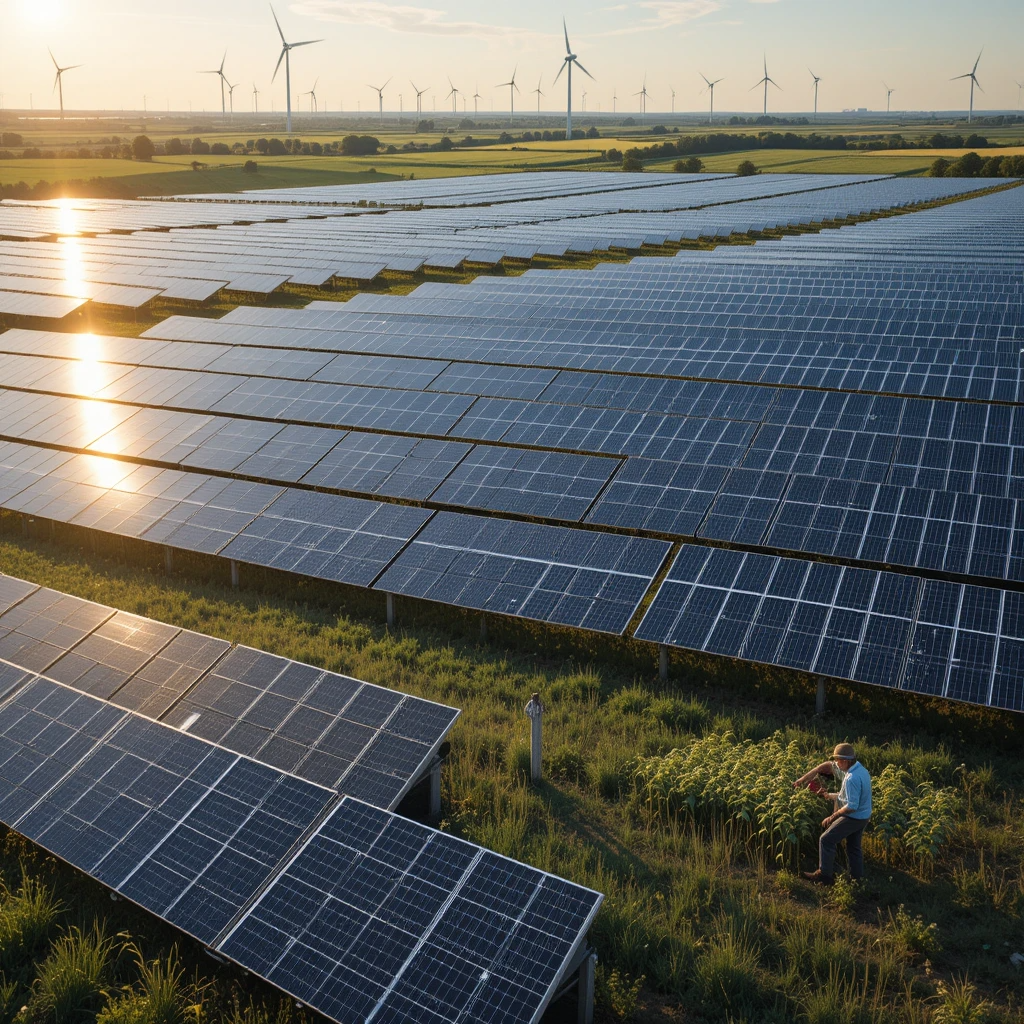
2014-2024: Strategic Alliances
- A stronger focus on Act East Policy and global platforms like the International Solar Alliance.
- Border tensions with China and enhanced defense capabilities shaped foreign policy.
Environment and Sustainability
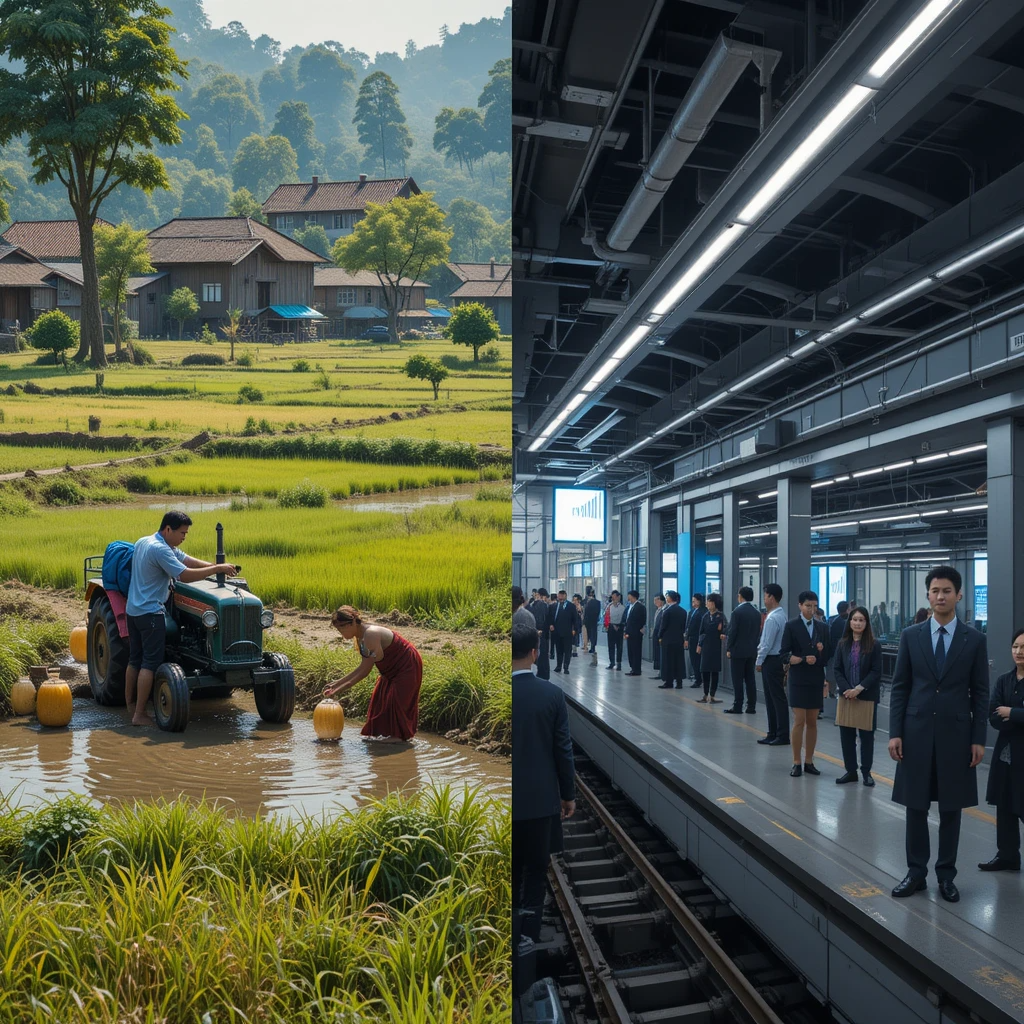
2004-2014: Limited Focus
- Environmental growth was overshadowed by economic priorities.
- Forest cover increased marginally.
2014-2024: Leading Green Initiatives
- India became a global leader in renewable energy, particularly solar power.
- Programs like Swachh Bharat Abhiyan promoted sustainability and cleanliness.
- Adoption of electric vehicles (EVs) accelerated environmental progress.
Conclusion
The journey from 2004 to 2024 showcases India’s resilience and adaptability. While the first decade built a foundation for growth and globalization, the second decade capitalized on digitalization, infrastructure, and self-reliance. Together, these periods reflect India’s emergence as a global power, with an eye on sustainable development and inclusivity.


